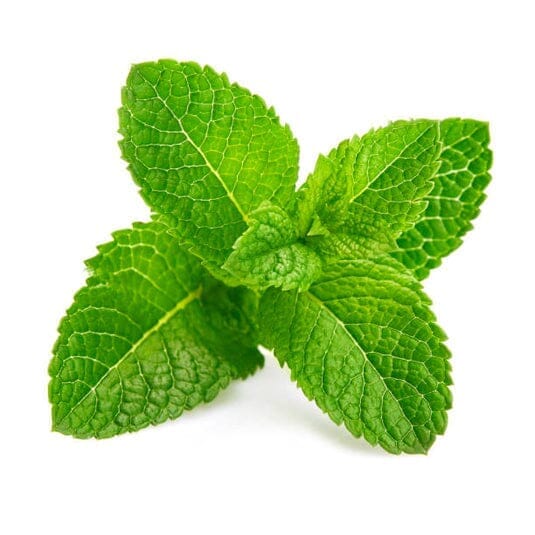Bon Parfumeur Plum Perfumes
Eau de Parfum 401 combines cedar, candied plum, and vanilla for an olfactory delight. A fragrant liqueur with fruity and vanilla accents. A fresh and tangy trio of cypress, elemi, and bergamot begins. Then, the plum reveals sweet and captivating tones of candied fruit, balanced by the elegance of cedarwood. Vanilla gives this creation a bold character, bringing roundness and sensuality. Plum is generally used as a top note for its fruity notes. But here, we decided to work with it candied for an even more indulgent experience.
What does the word prune mean?
The word plum comes from the Latin "prunum," meaning "plum fruit." The plum tree is a member of the Rosaceae family. Its name has evolved over time, from "prone" in Vulgar Latin to "pruine" in the 12th century, and then "plum" in the 14th century.
In the beginning…
The plum, a fruit with a rich history dating back to over 2000 BC, originated in Asia. It was introduced to the Mediterranean by the Greeks and Romans during Antiquity. Appreciated since the Middle Ages for its sweet flavor and aesthetic appeal, it was cultivated in monastic gardens.
Once a rare fruit reserved for the elite, its fleshy, sweet flesh was highly sought after. Today, the plum is prized for its sweet, fruity fragrance, evoking childhood memories and summer vacations. It is frequently used in gourmet perfumes and summer fragrances to bring a welcome freshness and lightness.
DID YOU KNOW? There are over 2,000 varieties of plums worldwide, each with its own unique characteristics in terms of taste, color, and texture!
The main plum species
The main plum species include the European plum (Prunus domestica), which is the most common and widely cultivated; the Japanese plum (Prunus salicina), known for its juicy, sweet flesh; and the American plum (Prunus americana), which is often used to make jams and preserves. There are also other plum varieties, such as the Ente plum, used to produce prunes; the Damascus plum, with its blue-purple skin and sweet flesh; and the small, yellow Mirabelle plum, known for its sweet and tangy flavor. Each of these plum species has its own specific characteristics and culinary uses.
Plum cultivation
The plum tree grows in various regions of the globe, including Europe, Asia, North America, and North Africa. It adapts to temperate climates, preferring warm summers and cool winters.
Typically planted in fall or spring, the plum tree is grown from seed or by grafting a selected variety onto a suitable rootstock. Once planted, the plum tree begins by forming strong roots in the soil. It then develops a system of branches that extend from the central trunk.
In spring, plum trees produce white or pink flowers, which are pollinated by bees and other insects. After pollination, the flowers transform into small green fruits that gradually ripen: plums begin to develop.
As they ripen, their color changes from green to yellow, red, or purple, depending on the variety. Once ripe, plums can be harvested by hand. Harvest times vary depending on the variety and growing region.
What did you know about plums in perfumery?
Plum belongs to the “fruity” olfactory family and is found mainly in the top notes.
Its scent profile is soft, fruity, and sweet, with subtle notes of flowers and spices. Its trail can be described as sweet, fruity, and slightly woody. The top notes of plum offer a juicy sweetness and a delicately fruity scent.
What you need to know is that in perfumery, plum is not used directly as a pure extract, but rather is recreated through accords.
These accords are combinations of different olfactory notes that, when blended, evoke the characteristic scent of plum. They have the advantage of lasting longer than the scent of plum oil and having no significant impact on biodiversity.
Plum is a versatile olfactory note that can be used in a variety of ways in perfumery to create harmonious accords. Here are some examples of the most commonly associated accords with plum in perfumery.
• Fruity accords: Plum has a sweet and fruity scent, making it an ideal ingredient for fruity accords. It can be combined with other fruits such as peach, pear, cherry or apricot, creating juicy and sweet olfactory compositions.
• Gourmet pairings: Plum brings a sweet and delicious touch, making it a popular note in gourmet fragrances. It can be combined with notes of vanilla, caramel, chocolate or pastry, creating gourmet and appetizing pairings.
• Floral accords: Plum can also be used in floral accords to bring a fruity and velvety nuance. It pairs well with flowers like rose, jasmine or violet, adding a fruity and subtle dimension to floral arrangements.
• Woody Accords: Plum can be used in woody accords to bring a fruity and sweet facet to warmer, woody notes. It blends well with notes of sandalwood, cedar, or patchouli, adding an alluring and refined touch to woody fragrances.
• Oriental accords: Plum can be used in oriental accords to add extra richness and depth. Combined with spices like cinnamon, cloves, or vanilla, it creates sensual and exotic olfactory compositions.
Good to know!
Plums are a fruit used in many fields, including cosmetics. Indeed, plums are prized for their moisturizing and nourishing properties, beneficial for softening and smoothing the skin. Likewise, this fruit is perfect for relieving muscle and joint pain thanks to its anti-inflammatory and analgesic properties.
Apart from cosmetics, plum is used in the preparation of various products such as jams, compotes, liqueurs, syrups and pastries.
Some well-known plum flavors
If you're looking for a plum fragrance, here's a list of scents you might be interested in:
• Organza Indecence by Givenchy : This eau de parfum belongs to the woody oriental family. The top notes reveal fruity accents of plum and cinnamon. It captures the essence of a bold and seductive femininity.
• Serge Lutens ' Boxeuses Eau de Parfum features plum, offering a powerful and elegant olfactory experience. The top notes of this captivating fragrance feature fruity and spicy accords that awaken the senses. These notes are followed by a harmonious heart that creates a subtle balance between sweetness and boldness, offering a unique and captivating olfactory experience.
• Her Blossom by Burberry is a floral eau de toilette that captures the energy of London gardens. Its fresh and luminous composition highlights plum blossom and peony, while notes of mandarin and pink pepper provide a subtle contrast. Presented in a powder pink bottle inspired by the brand's iconic flasks, Her Blossom embodies the elegance and optimism of dynamic women.
• Boss Orange Femme , by Hugo Boss , is a captivating and modern fragrance, expressing the brand's radiant youth. After a fresh, tangy opening driven by bergamot and orange blossom, the plum heart note reveals itself seductively. Sandalwood in the base note creates a bold and seductive blend, ideal for a smiling and daring woman. This fragrance embodies energy, creativity and the desire to live life to the fullest.












